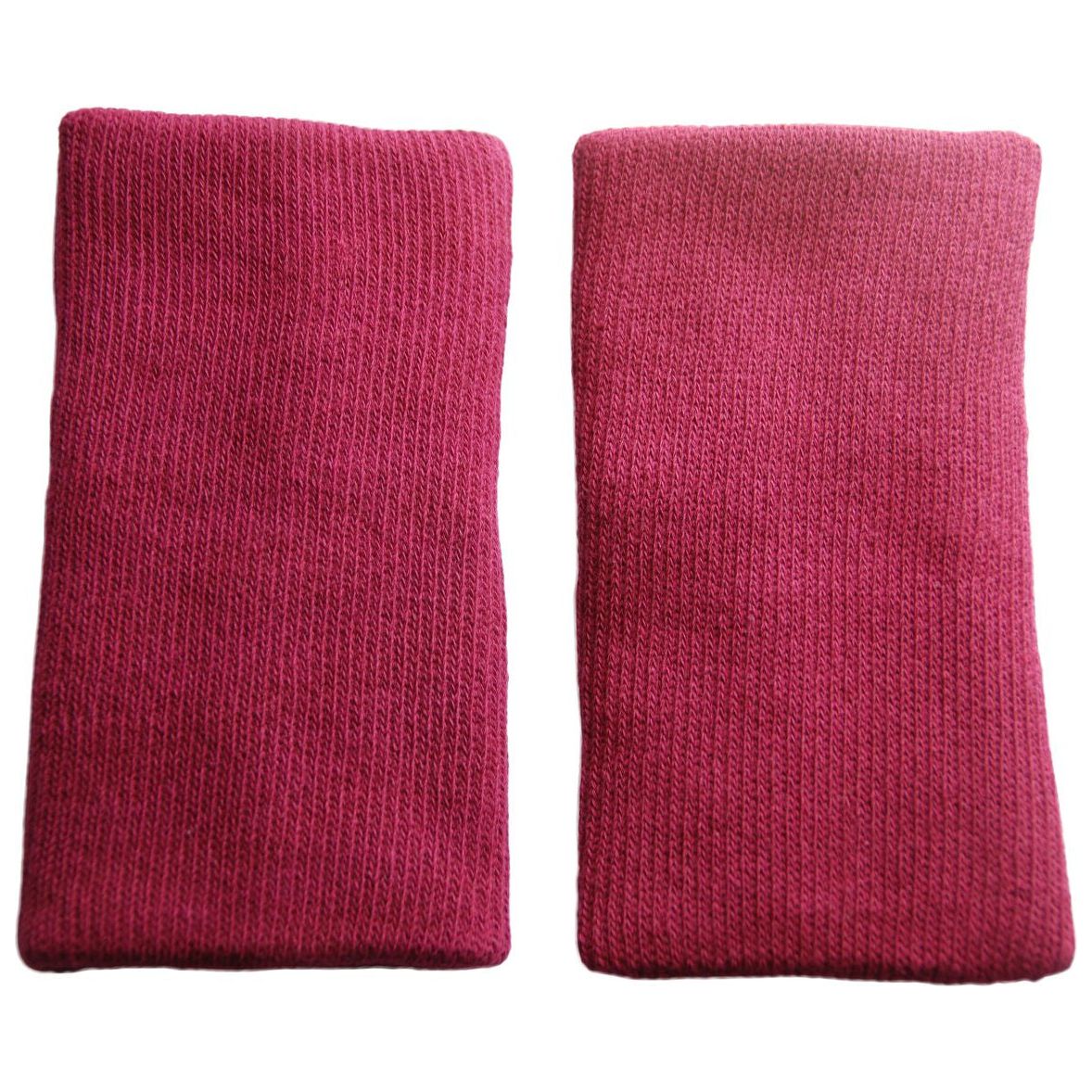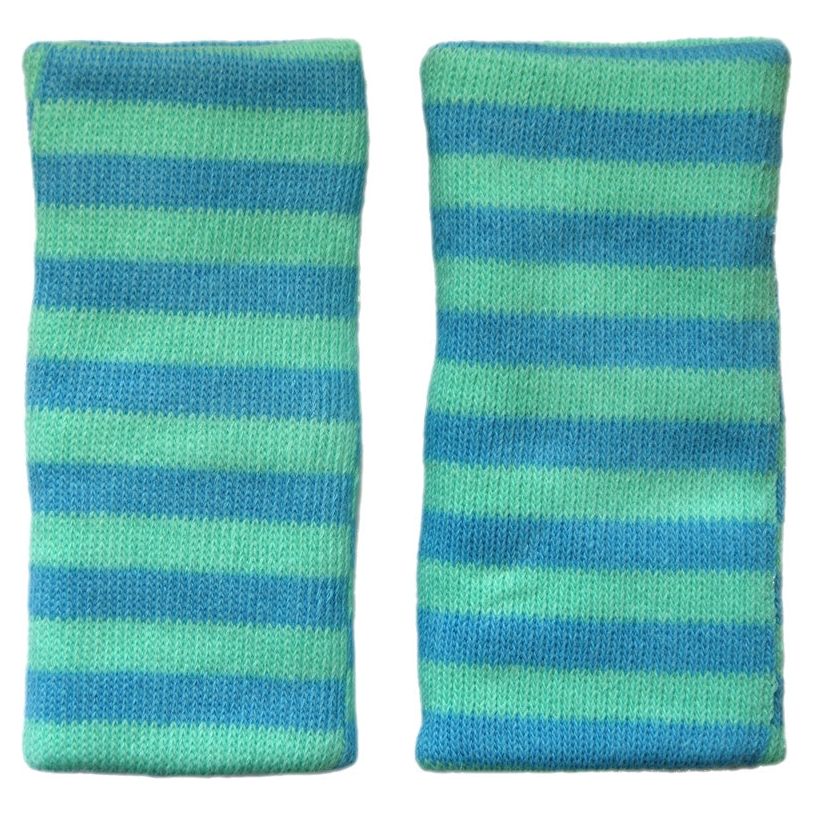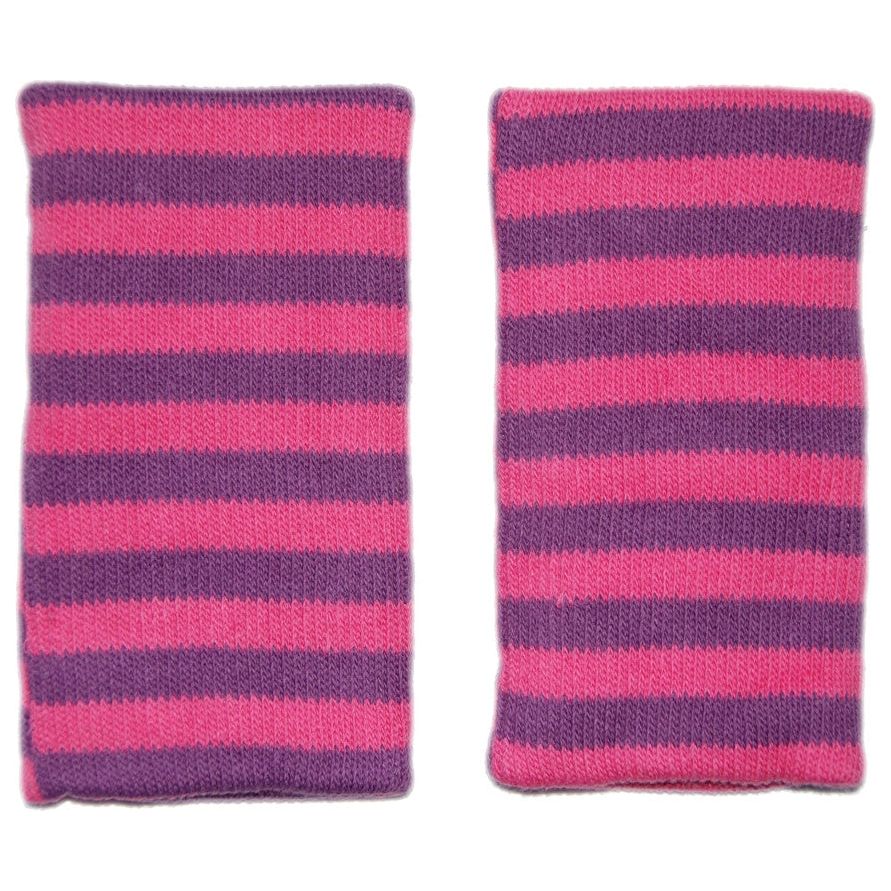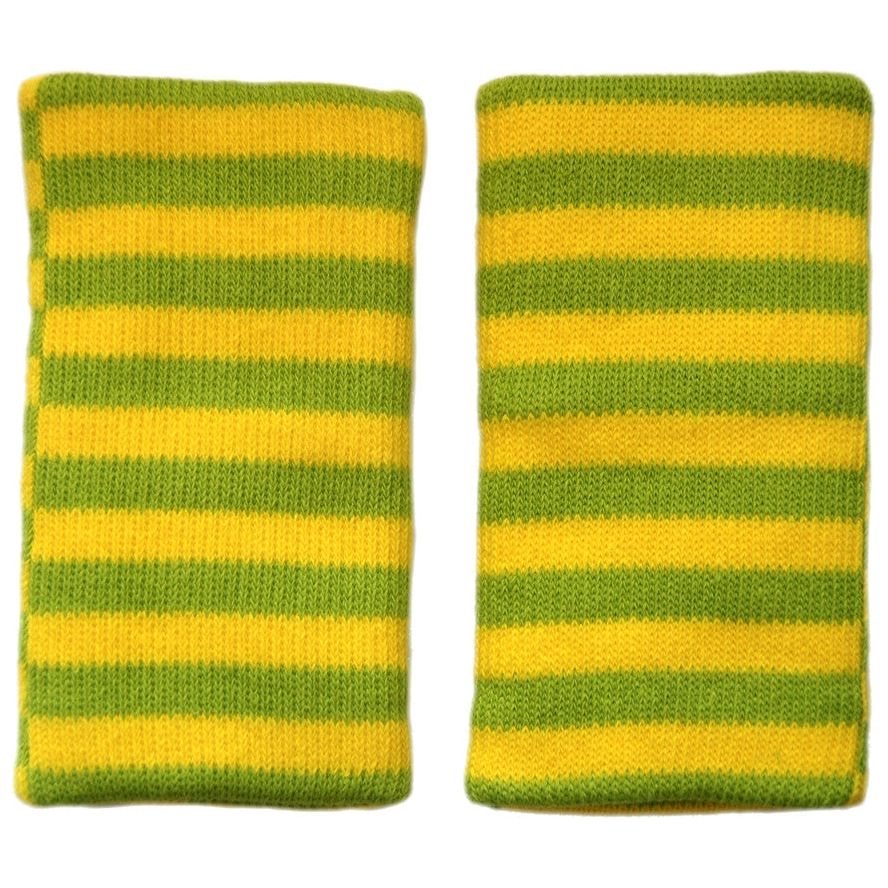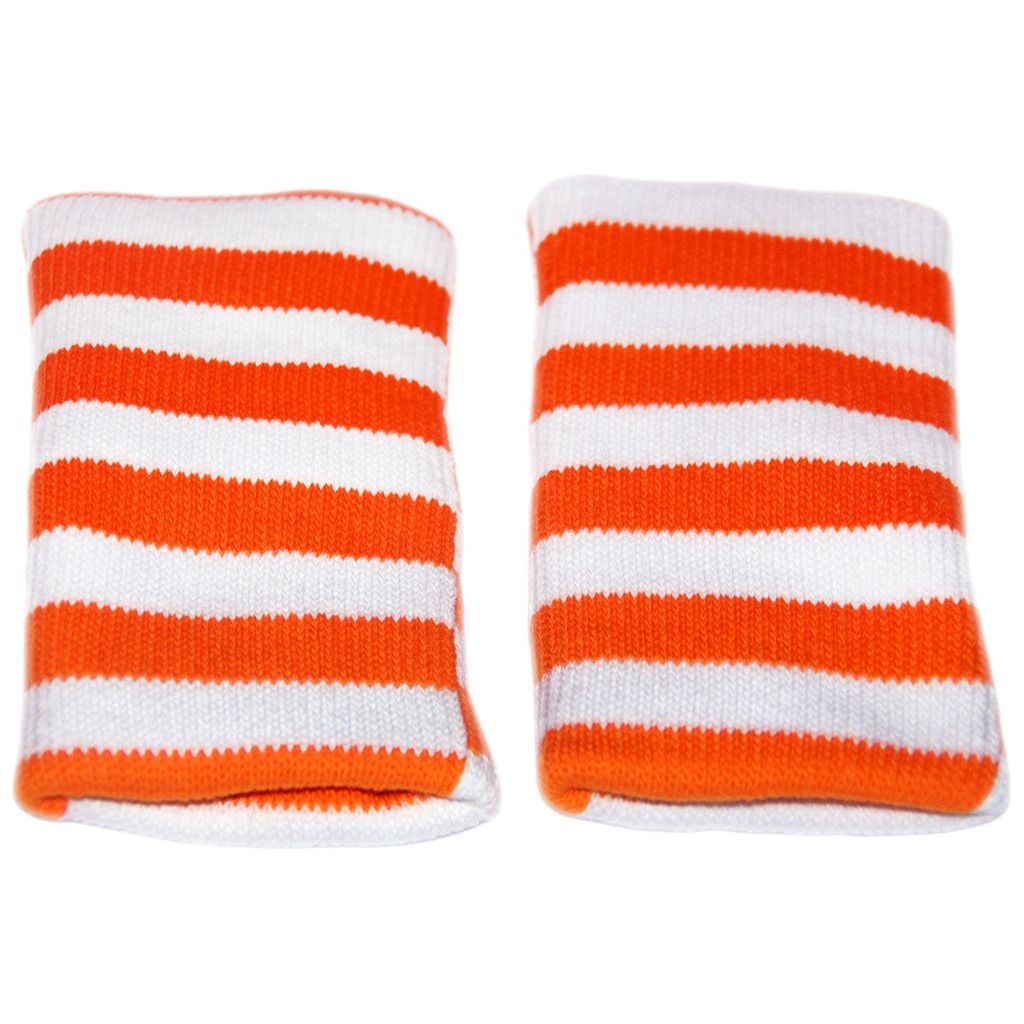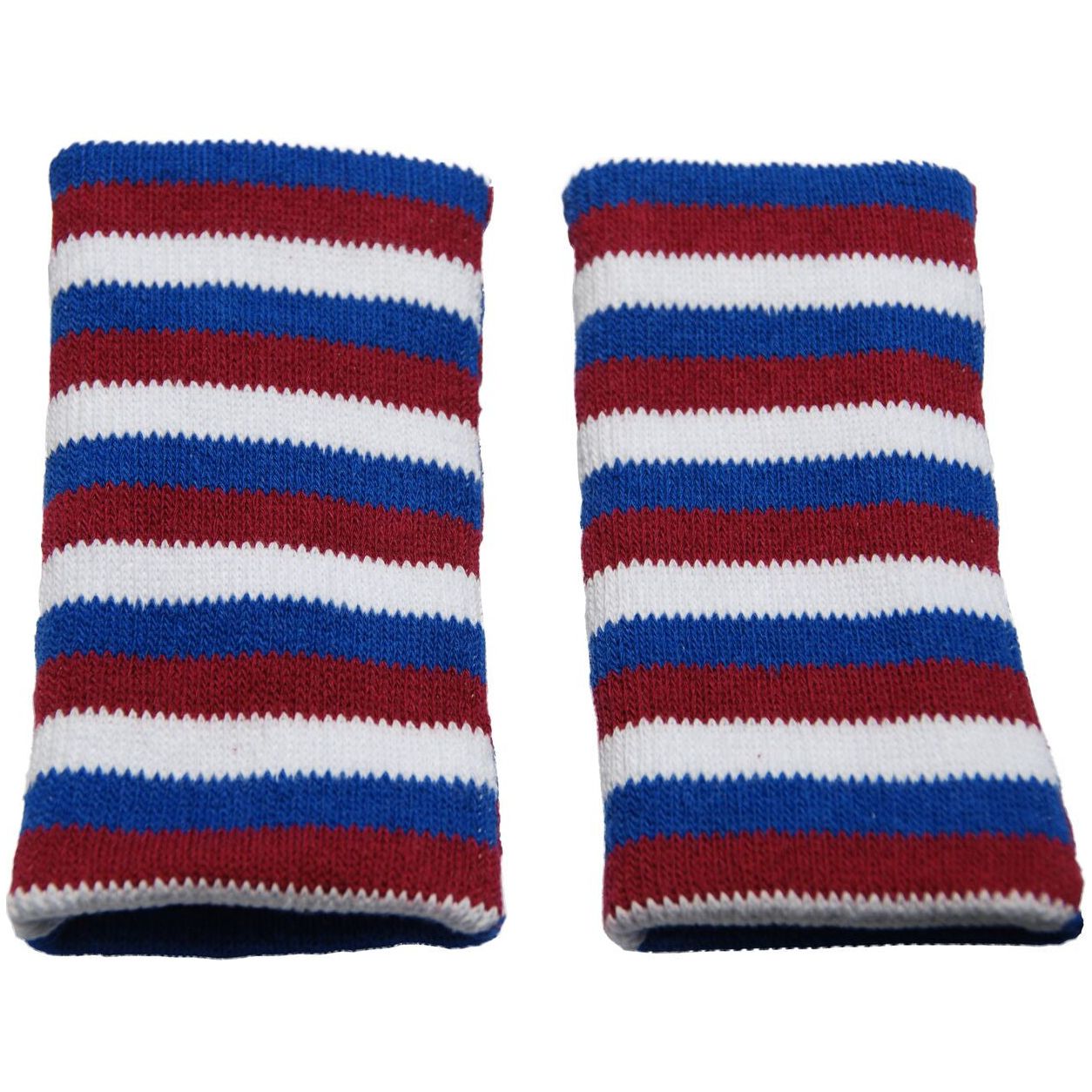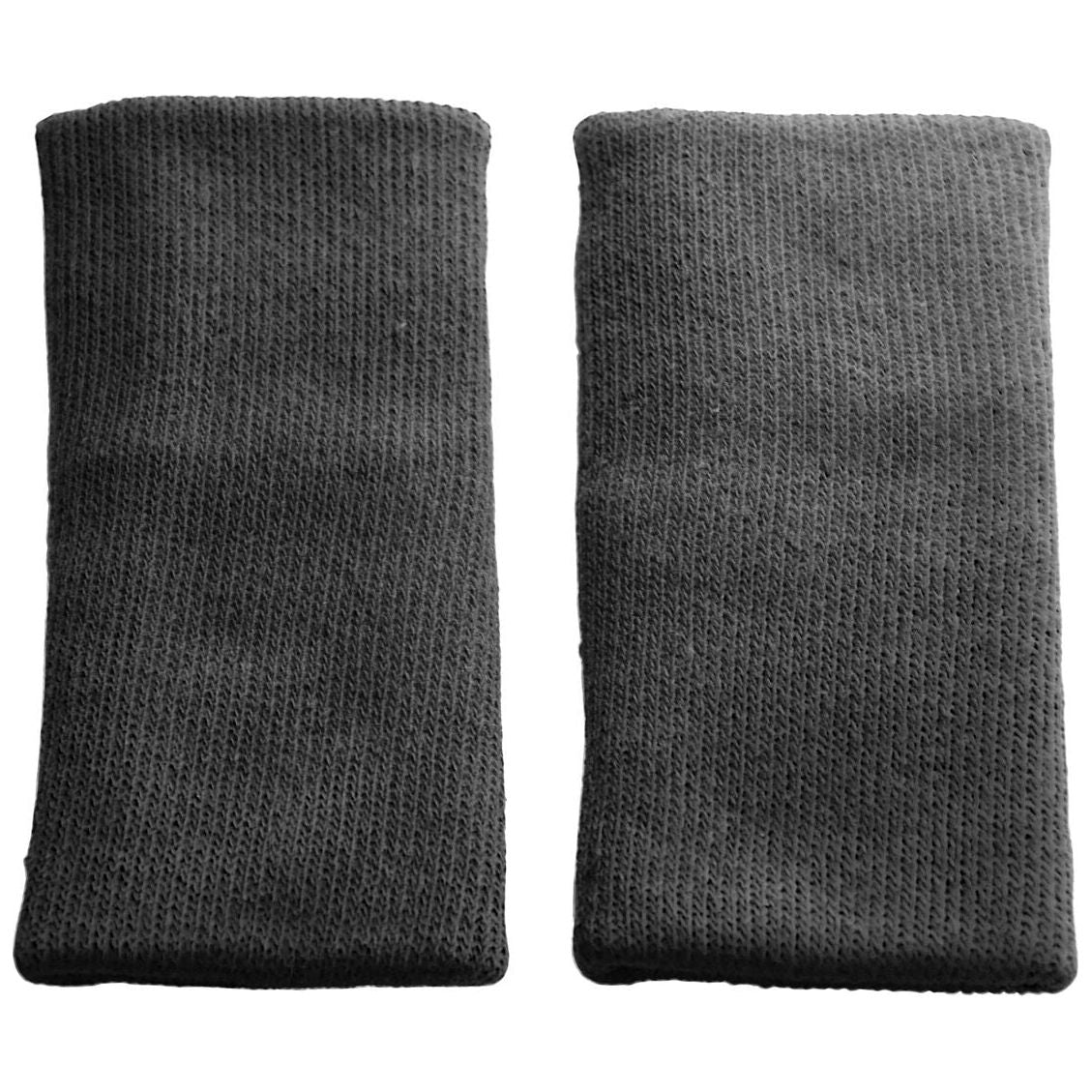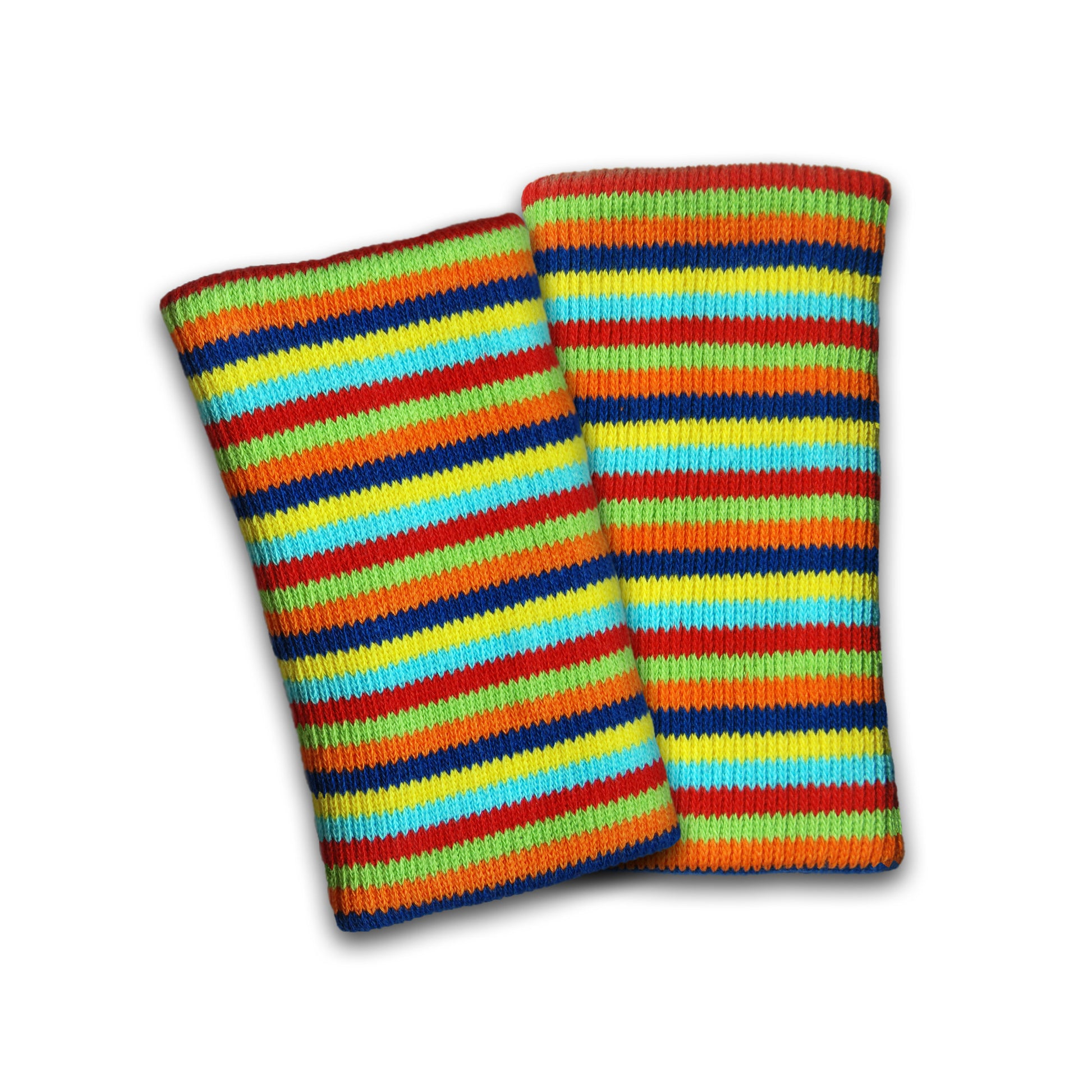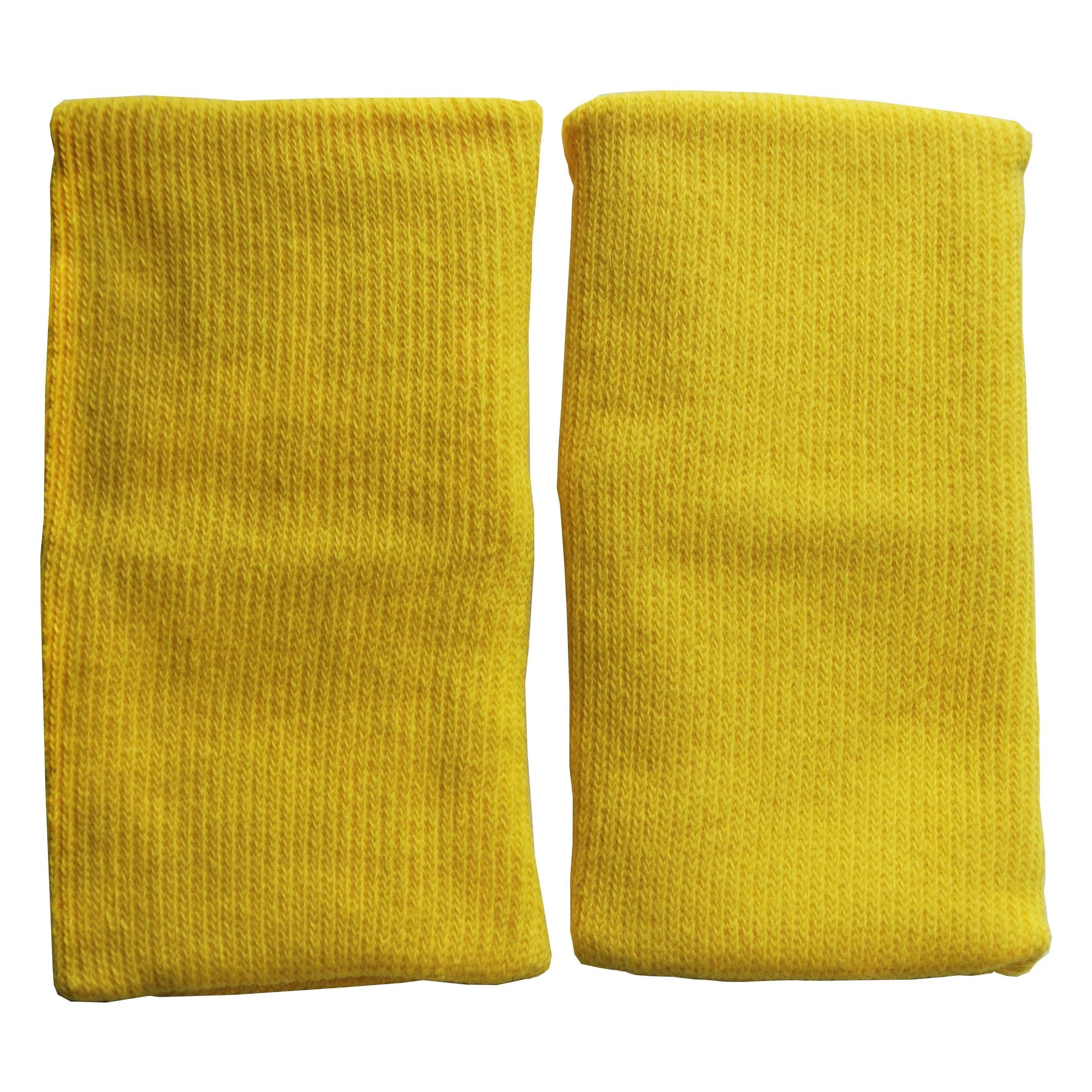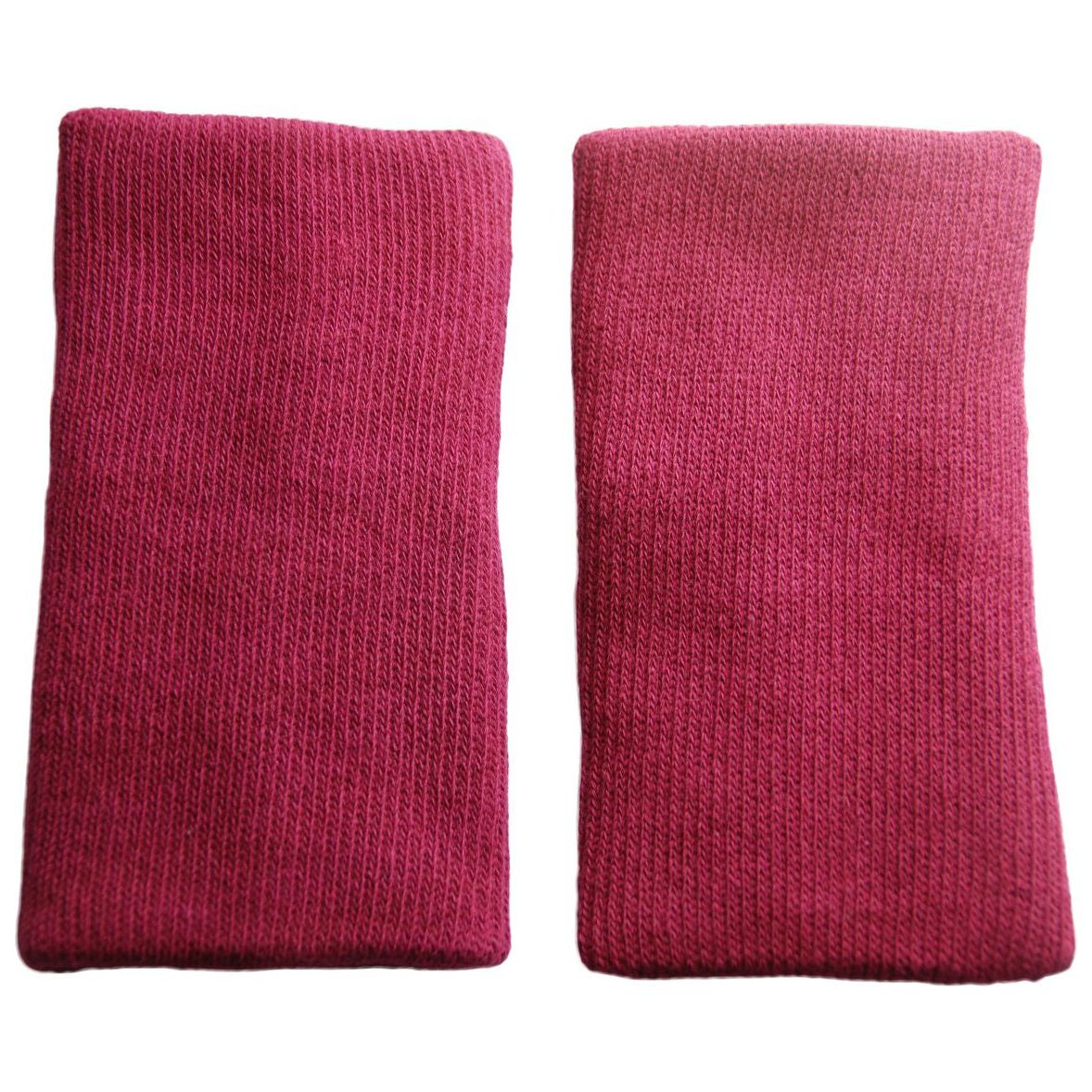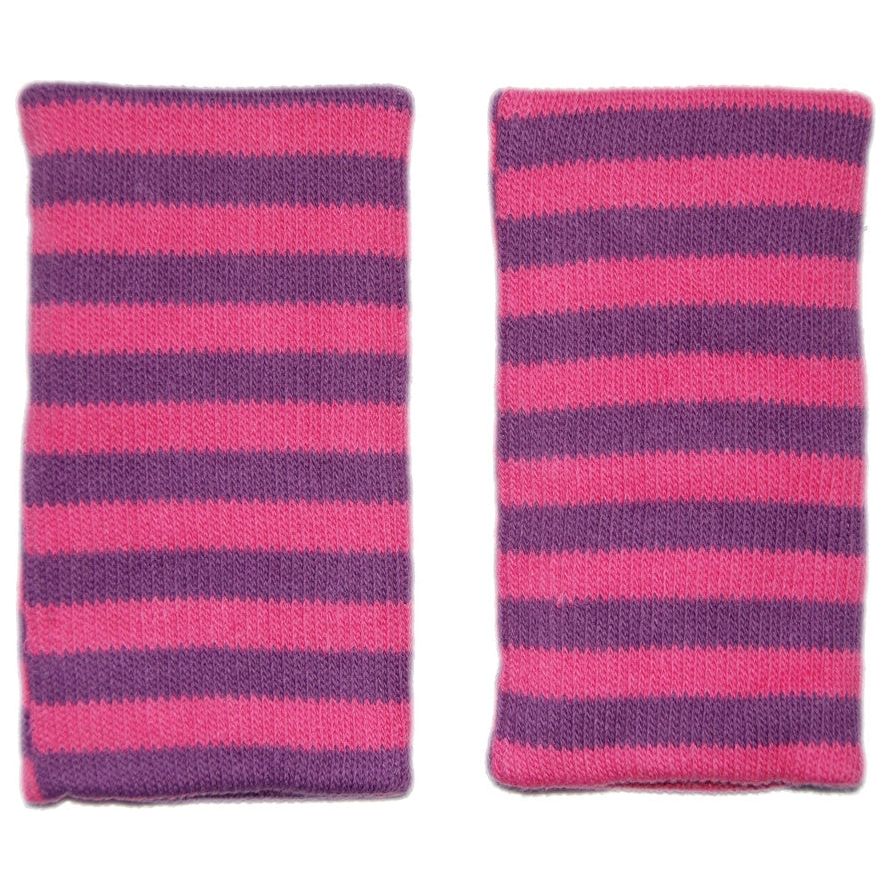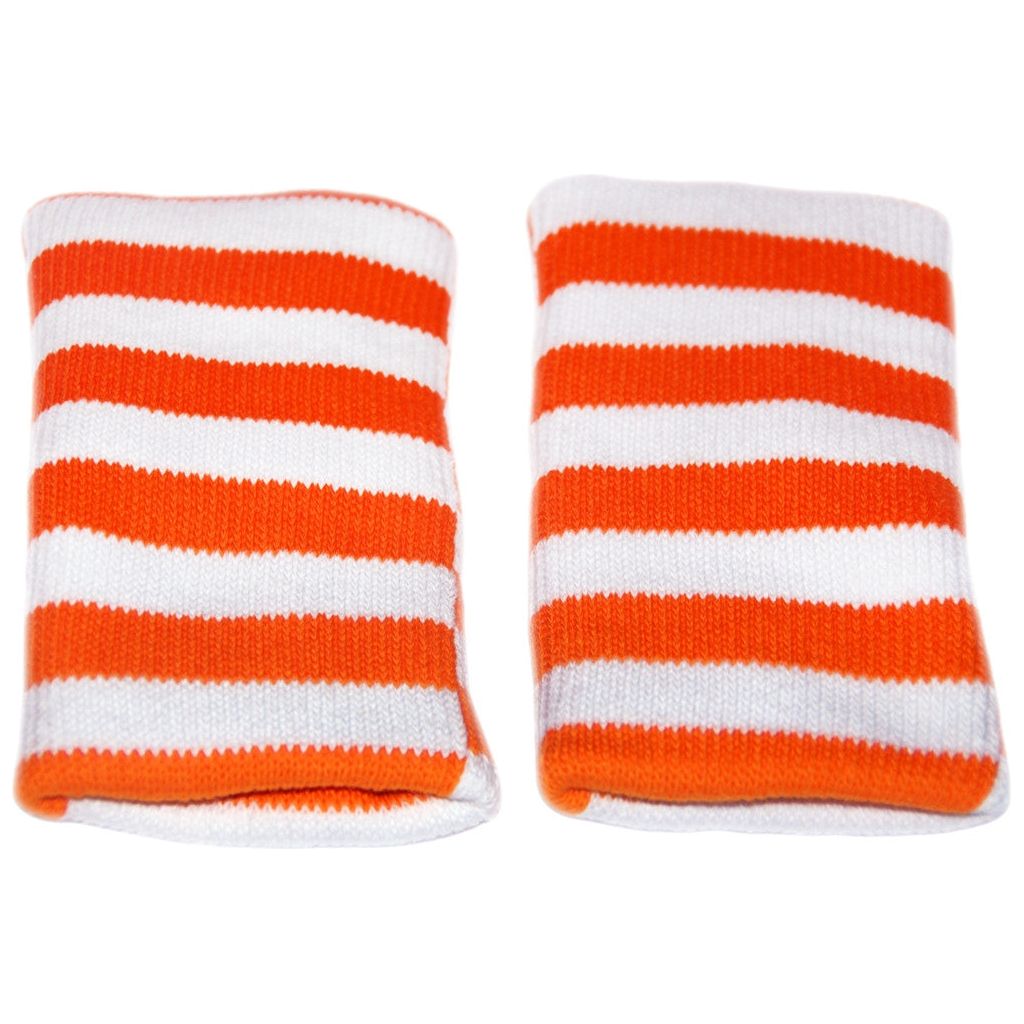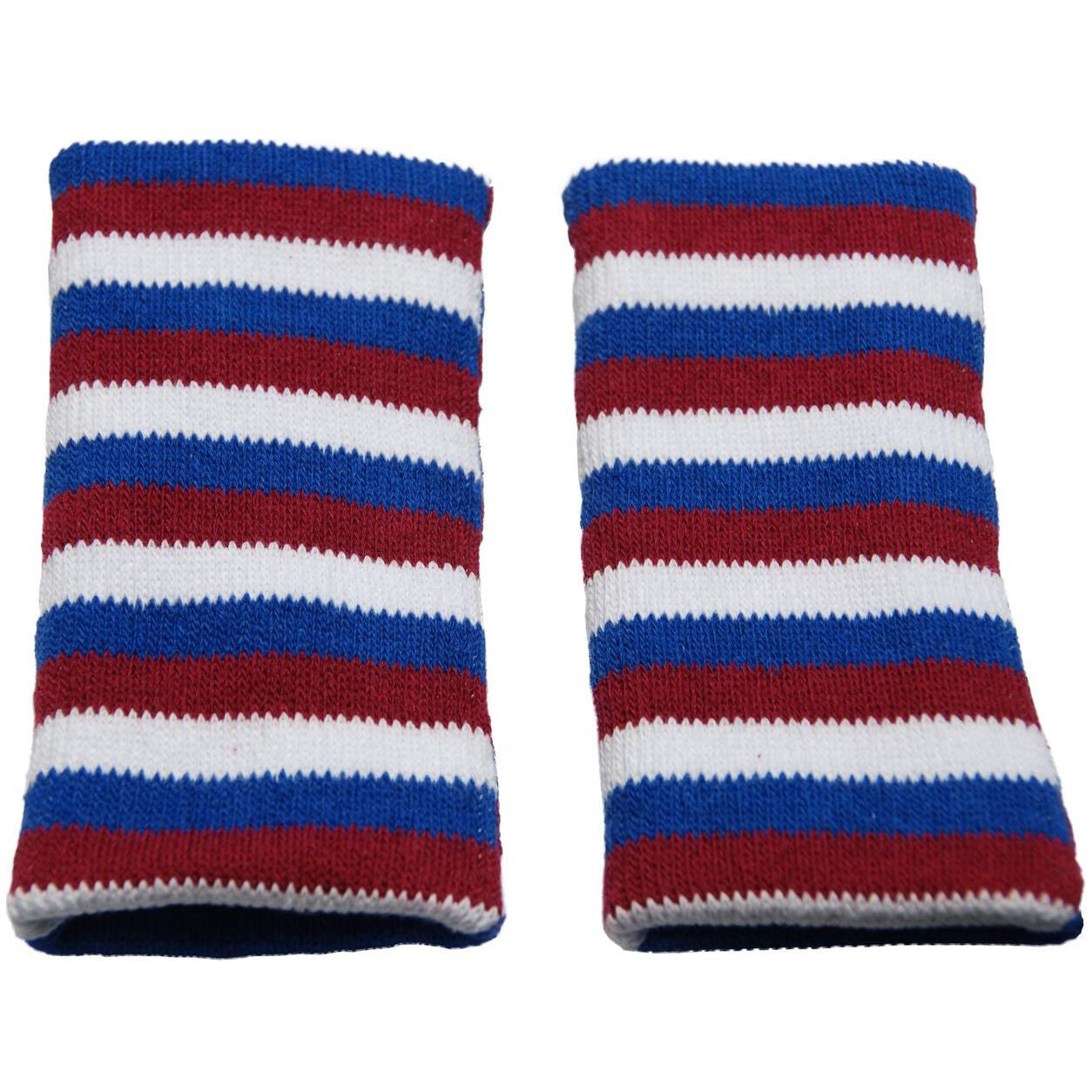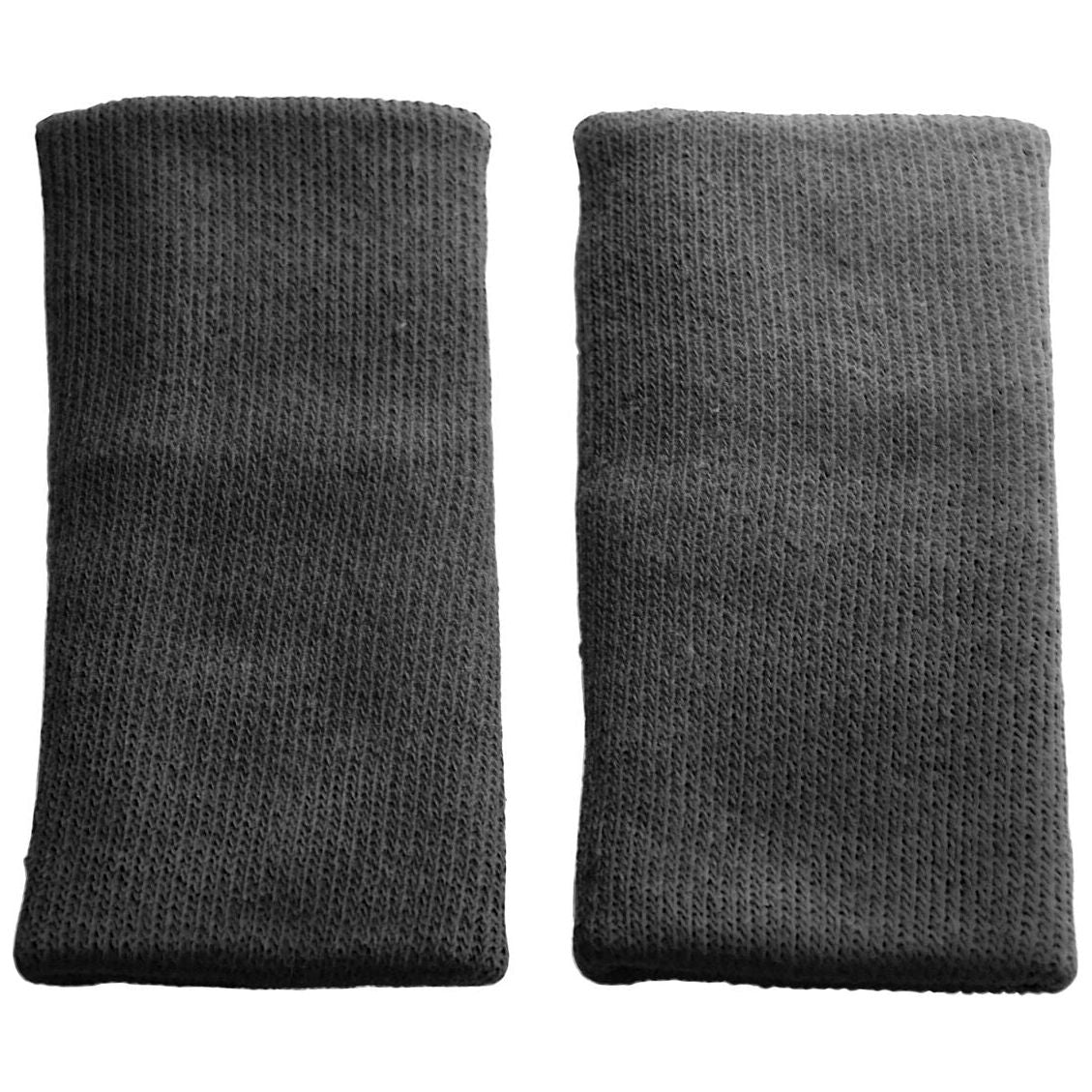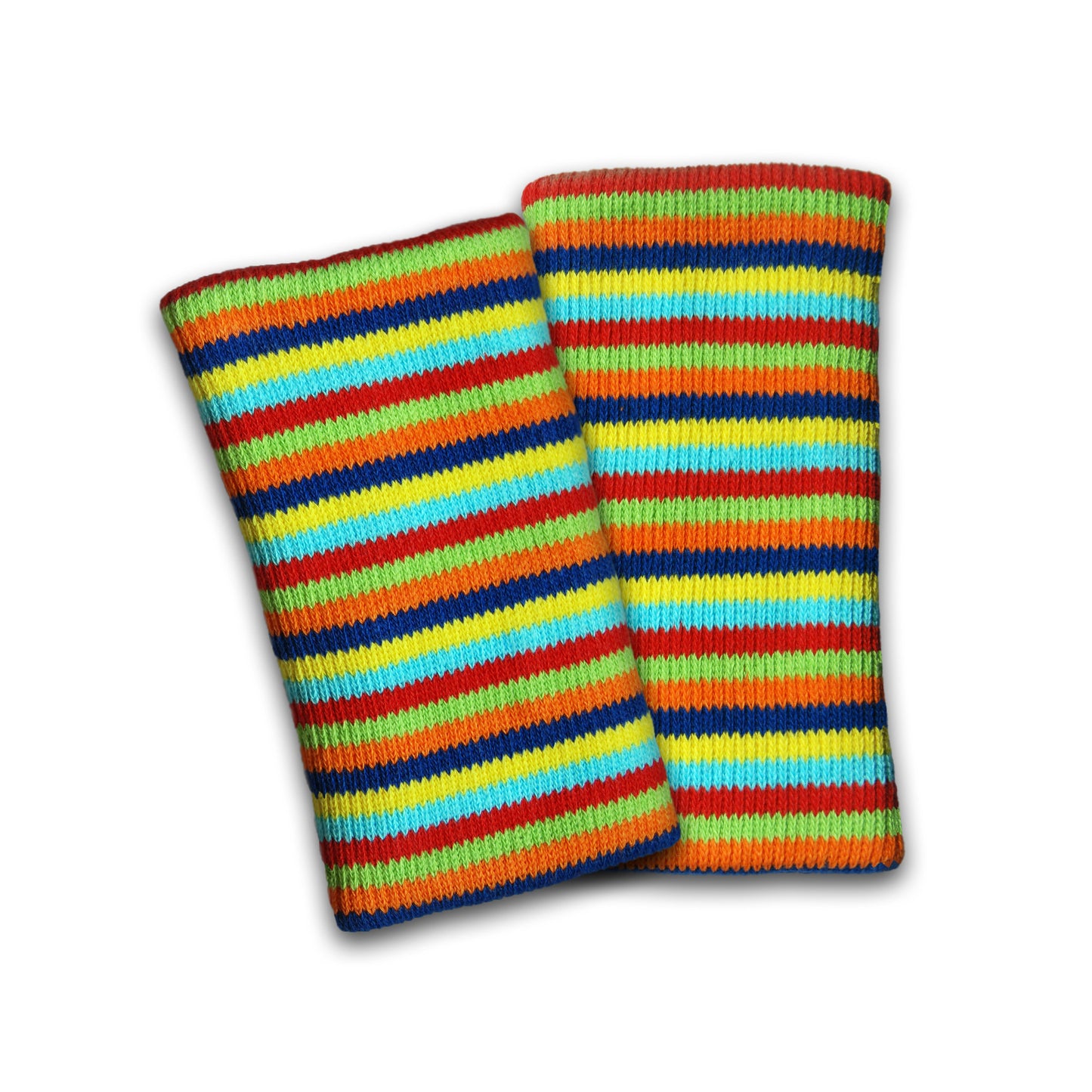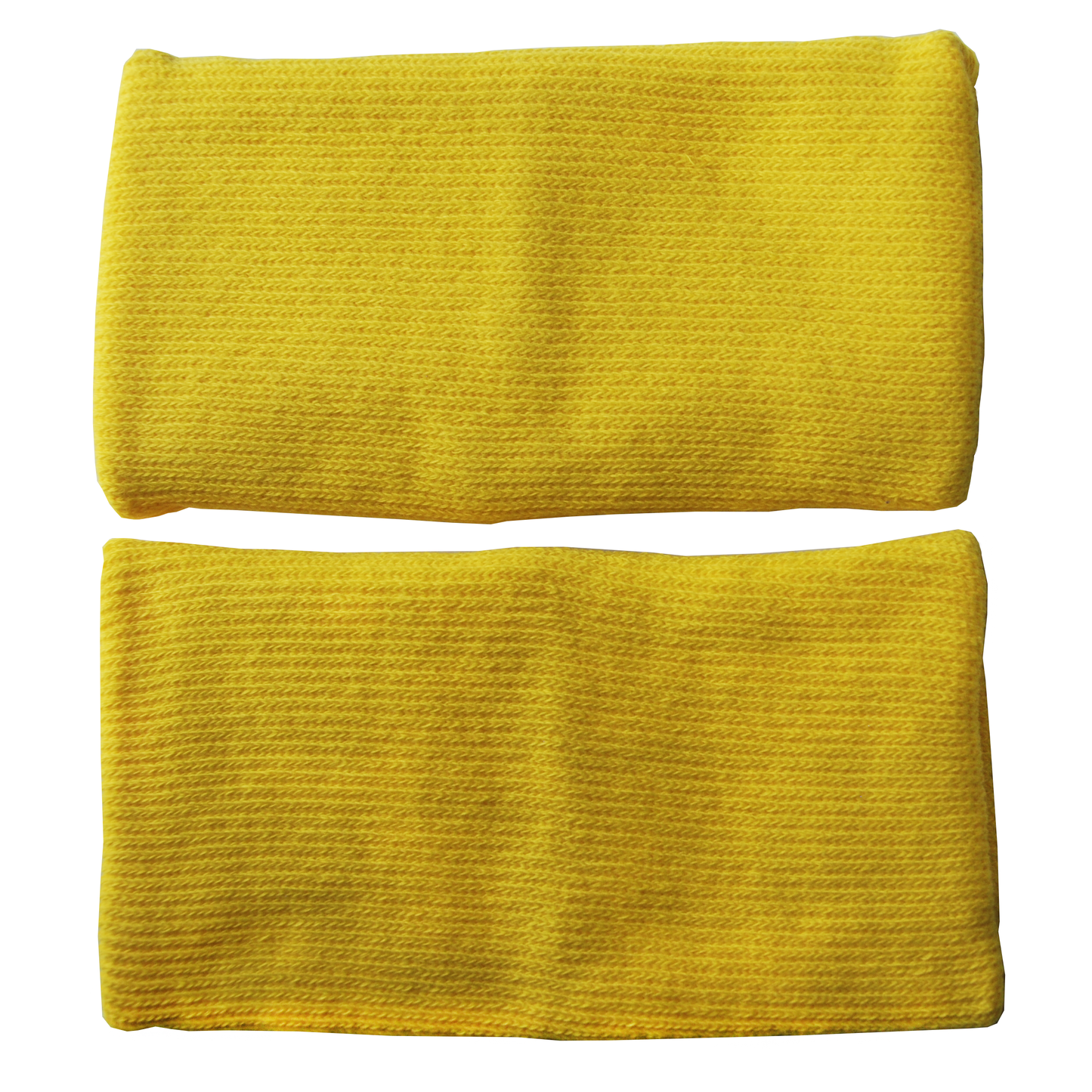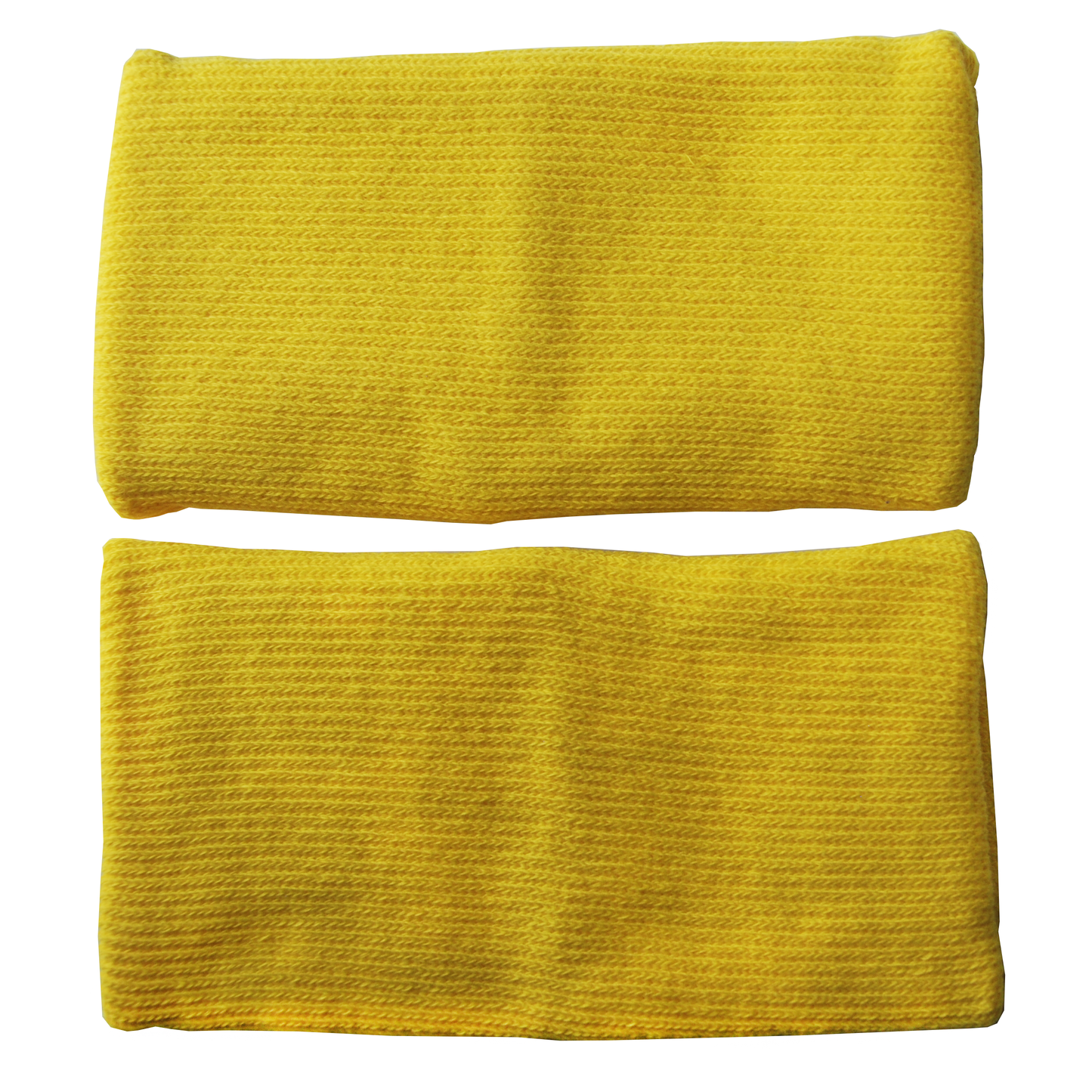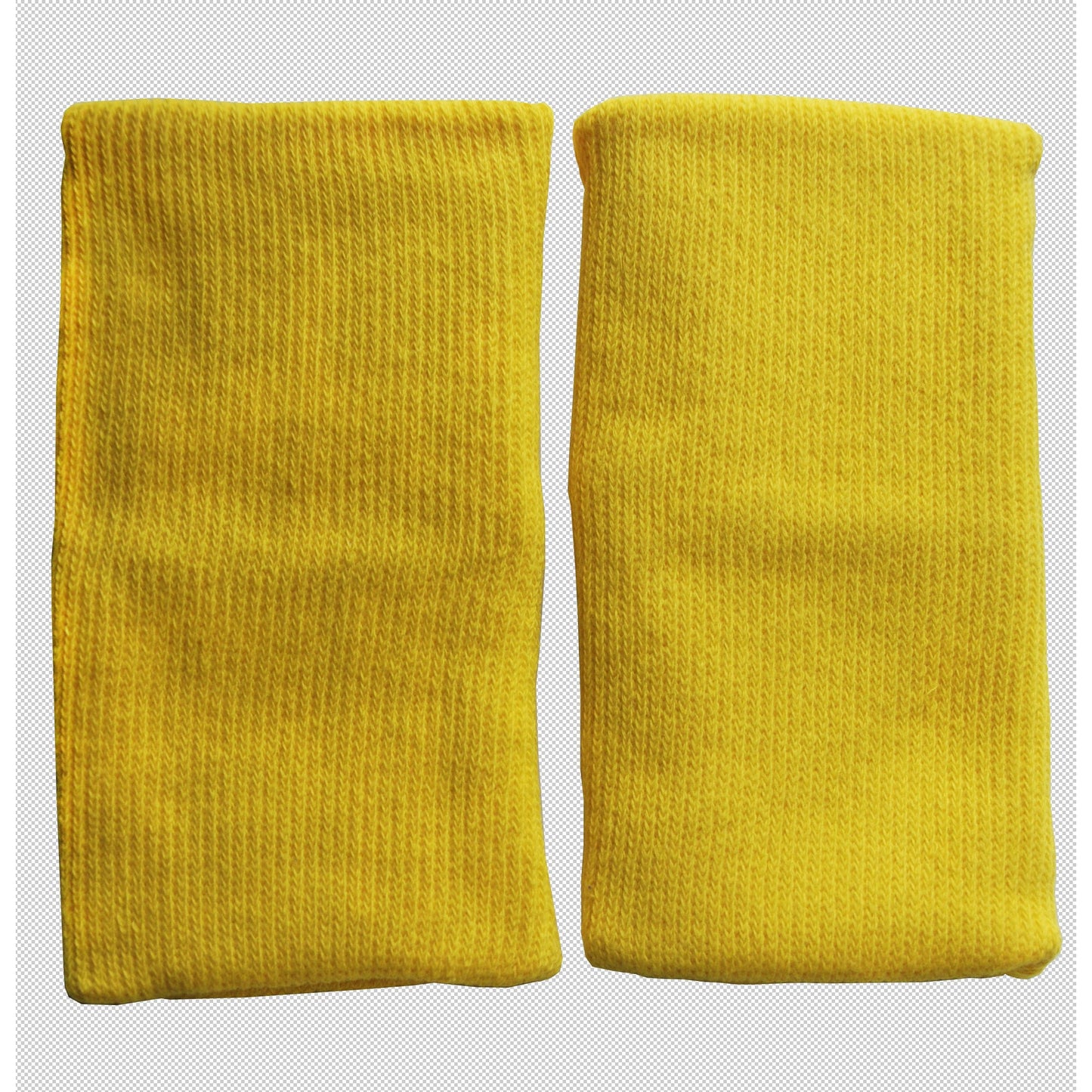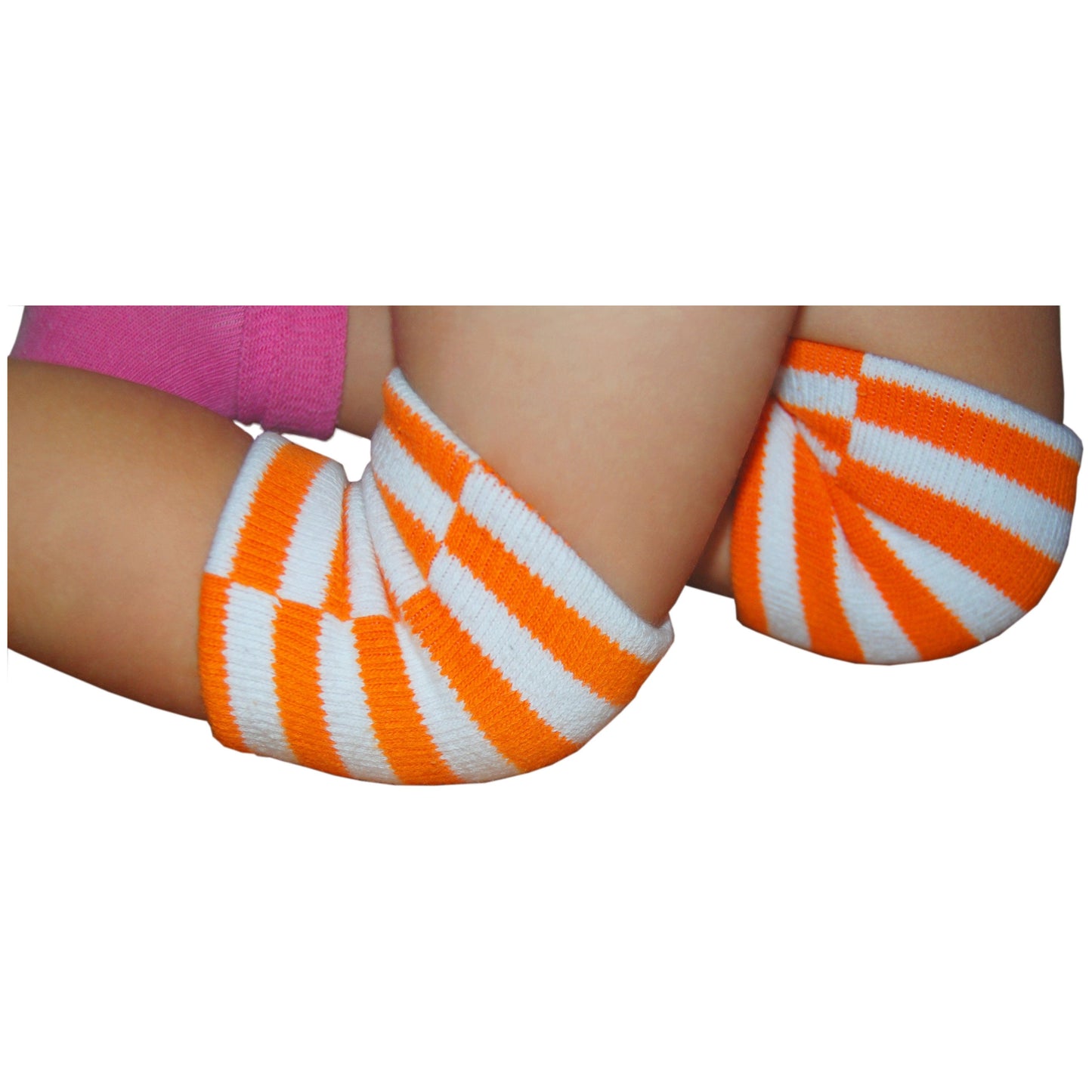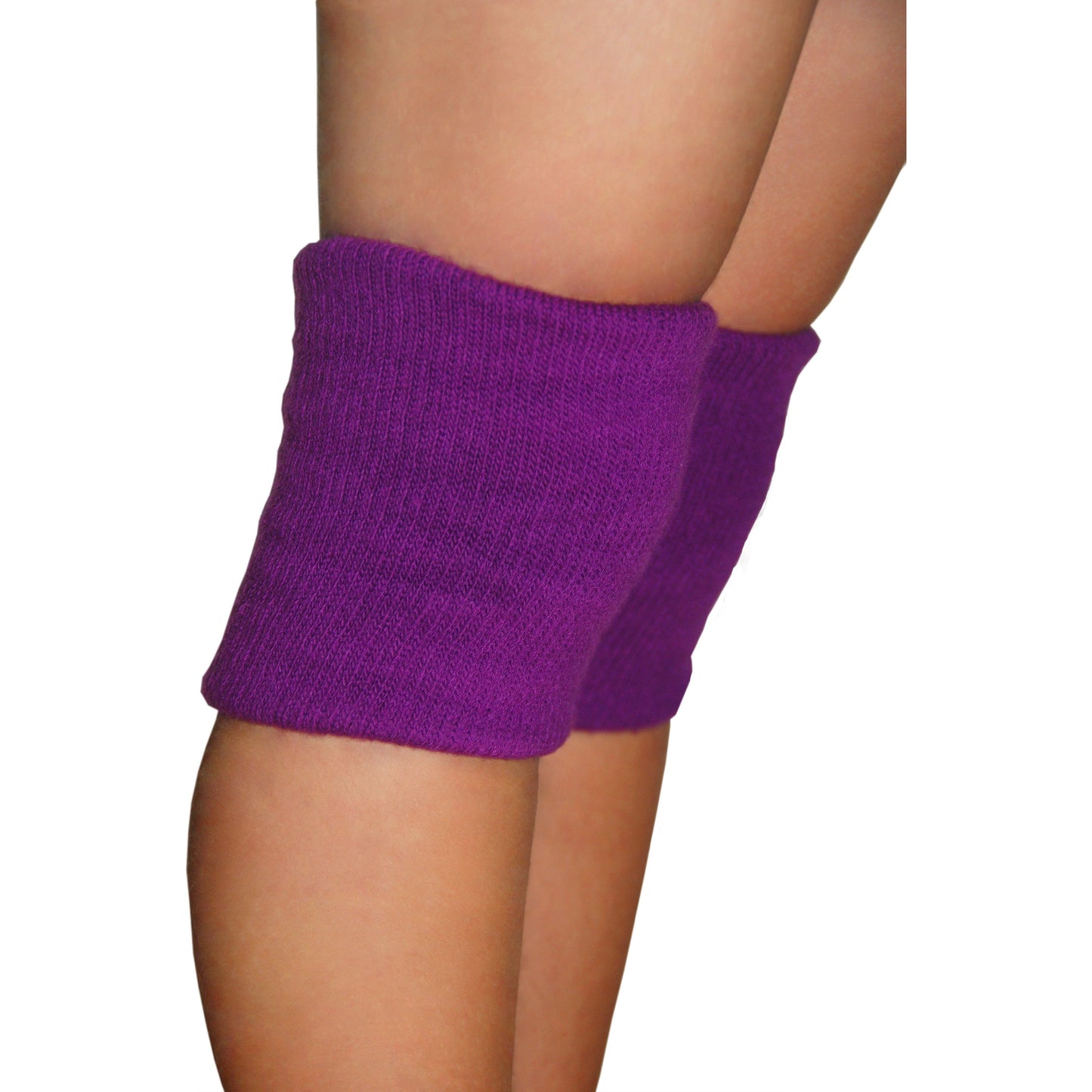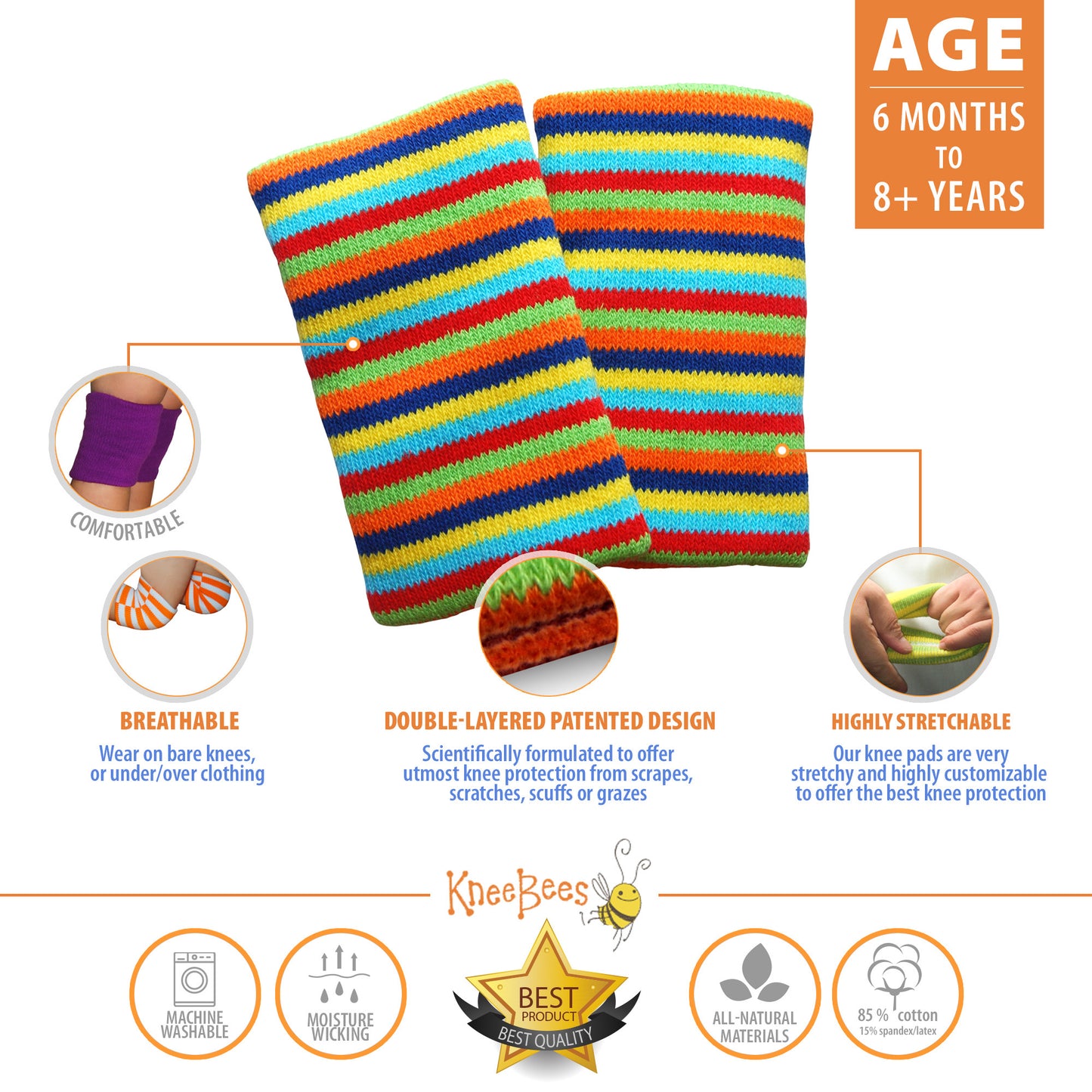Crawling is a significant milestone in a baby's life, and for those with special needs, the journey to mobility can pose additional challenges. Adaptive tools, like crawling pads, can provide much-needed support, enhancing safety and comfort as they explore their world.
The Importance of Crawling for Babies with Special Needs
Crawling is more than just a means of getting around. It's a crucial developmental stage that helps improve motor skills, hand-eye coordination, and spatial awareness. For babies with special needs, these benefits can be even more profound.
Babies with physical disabilities may struggle with mobility, and those with sensory processing issues may find the sensation of certain surfaces unpleasant or distressing. Crawling pads can offer a solution, providing a layer of comfort and protection that encourages these babies to engage in this essential activity.
The Benefits of Crawling Pads
1. Protection: Crawling pads are designed to protect babies' delicate skin from harsh surfaces. They can prevent scrapes, bruises, and other minor injuries, which can be especially beneficial for babies with hemophilia or other conditions that make them more prone to injury.
2. Comfort: Some babies with special needs may be hypersensitive to certain textures or temperatures. Crawling pads can provide a consistent, comfortable surface for them to move on, reducing sensory discomfort and encouraging them to crawl more.
3. Confidence: For babies with mobility challenges, the act of crawling can be daunting. The added protection of crawling pads can provide a confidence boost, encouraging them to explore their environment more freely.
4. Therapeutic Use: In some cases, occupational therapists may recommend the use of crawling pads as part of a therapy program for babies with special needs. They can be particularly beneficial for babies with low muscle tone or joint issues, as they provide a cushioned surface that lessens the impact on their bodies.
Selecting the Right Crawling Pads
When choosing crawling pads for a baby with special needs, consider the following factors:
- Material: Look for pads made from soft, breathable, and durable materials. They should be gentle on your baby's skin and able to withstand regular use and washing.
- Fit: Ensure the pads fit snugly but comfortably. They shouldn't be too tight or restrictive, but they also shouldn't slide off easily.
- Ease of Use: Opt for pads that are easy to put on and remove. This is especially important if your baby has a physical disability that makes dressing more challenging.
- Sensory Considerations: If your baby has sensory issues, consider the texture and thickness of the pads. Some babies might prefer a smoother material, while others might need thicker padding.
Remember, while crawling pads can provide additional support and protection, they are not a replacement for a safe, baby-proofed environment and constant supervision. Always ensure your baby is crawling in a safe space and is being watched over.
Crawling is a journey, and every baby will approach it in their own way and at their own pace. For babies with special needs, crawling pads can be a valuable tool in this journey, fostering a sense of safety, comfort, and confidence as they explore their world.


